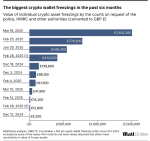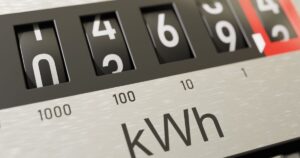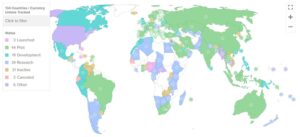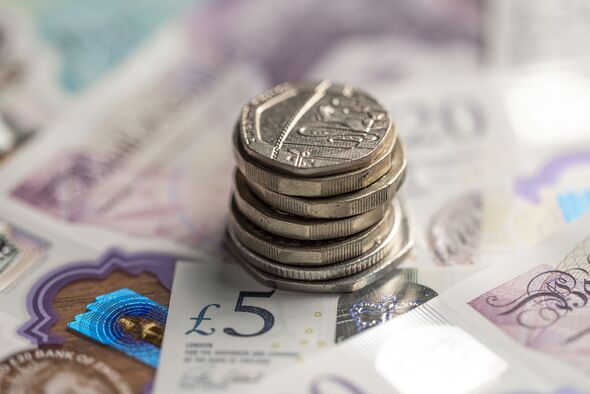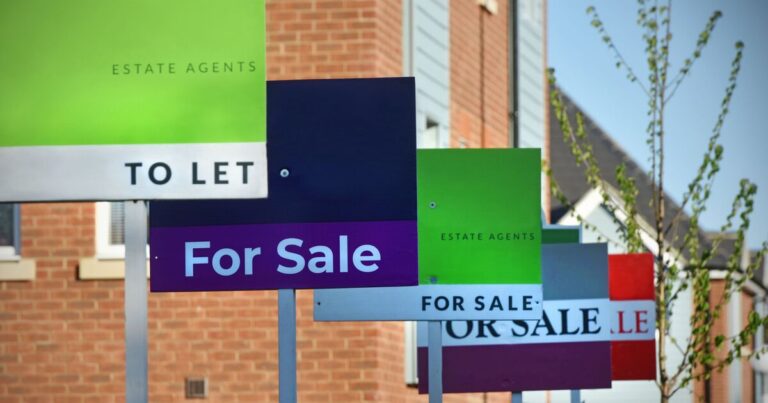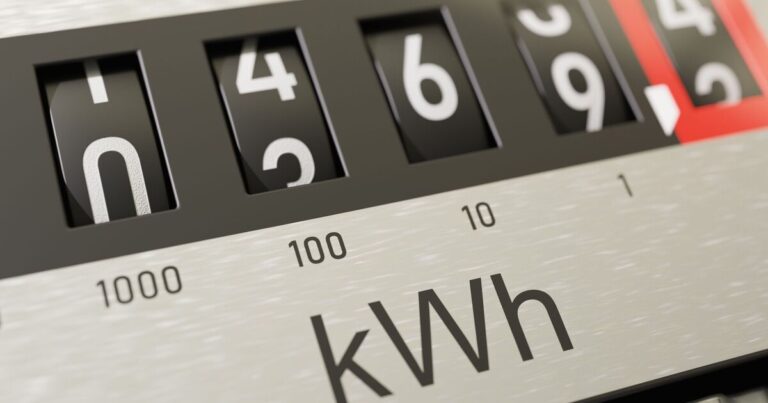
Millions of hardworking Brits are set to be clobbered by a stealth tax grab, as frozen income tax thresholds drag more people into higher tax brackets.
Official figures from the Office for Budget Responsibility (OBR) reveal that 4.1 million additional workers will be forced to pay either the 40p or 45p higher rates of tax by 2027-28.
The blow comes as the six-year freeze on income tax thresholds first imposed by the Conservative Chancellor Rishi Sunak runs its course, punishing taxpayers as wages rise but allowances stay static.
This is a sharp increase of 500,000 compared to forecasts made just months ago, exposing the true cost of Chancellor Rachel Reeves’ tax policy. Last October, she unveiled a £40bn tax hike but stopped short of announcing further tax grabs in her Spring Statement.
However, fresh speculation suggests another hammer blow could be delivered in the autumn.
As wages creep up, millions are being caught in the tax trap, seeing more of their hard-earned cash siphoned off by the Treasury. This is predicted to result in an extra £51bn extra in tax receipts by the decade’s end.
Experts warn that more than 40 million people will be paying tax on their incomes, with a record 9.2 million paying the higher or top rate.
Had tax bands been adjusted for inflation, workers would have been significantly better off. The OBR estimates that by 2027, individuals should have been able to earn £16,350 tax-free.
Instead, frozen allowances mean more people will be dragged into paying tax they should have avoided. Likewise, the higher rate threshold would have stood at £65,650, but instead, more middle-class earners are being ensnared in the 40p tax bracket.
While Ms Reeves has so far refused to confirm whether further tax hikes are on the cards, fiscal experts warn that another squeeze may be inevitable.
The OBR’s latest assessment reveals that even a slight economic downturn or uptick in interest rates could wipe out the £9.9bn buffer she has set aside to meet her own borrowing targets.
There has been speculation that the Chancellor is considering extending the tax threshold freeze for another two years taking it through to 2030.
Deutsche Bank’s chief economist, Sanjay Raja, issued a stark warning that the Chancellor’s fiscal ‘headroom’ is wafer-thin compared to her predecessors.
He suggested that the OBR’s long-term growth projections may be overly optimistic, hinting that future downgrades could lead to even tighter purse strings.
He told the Telegraph: “Reeves’s fiscal headroom remains historically low – something the Treasury will need to navigate for the foreseeable future. The OBR’s estimates on growth are already being questioned given the sluggish productivity of the last decade. If these projections are revised downwards ahead of the autumn Budget, we could see yet another round of fiscal tightening.”







